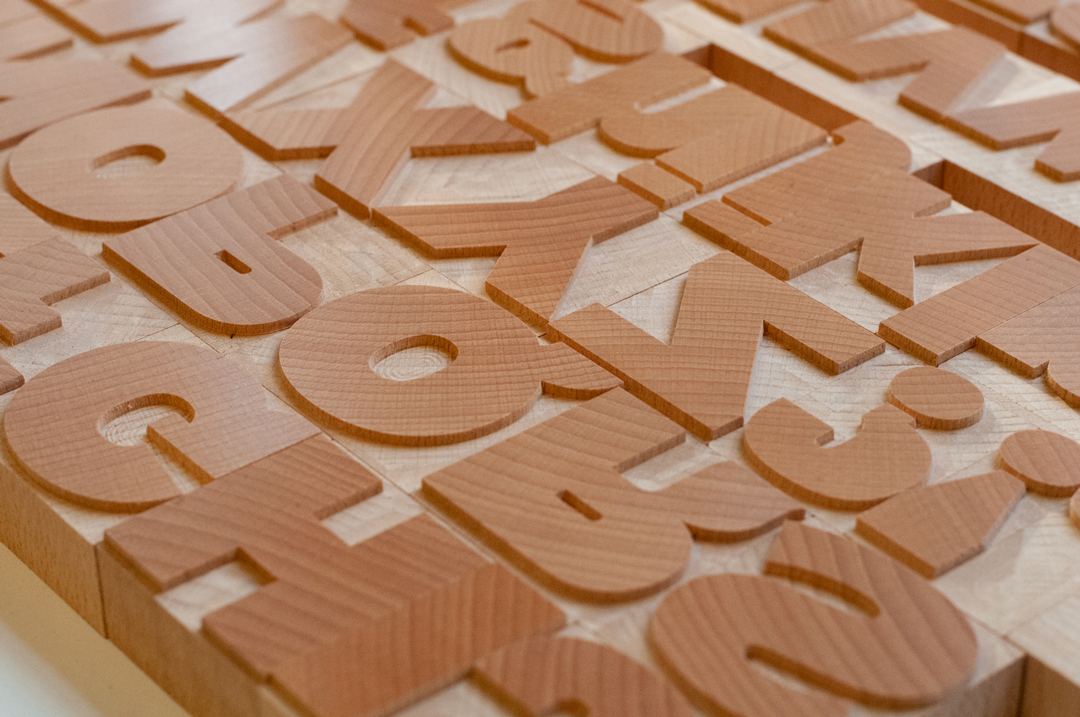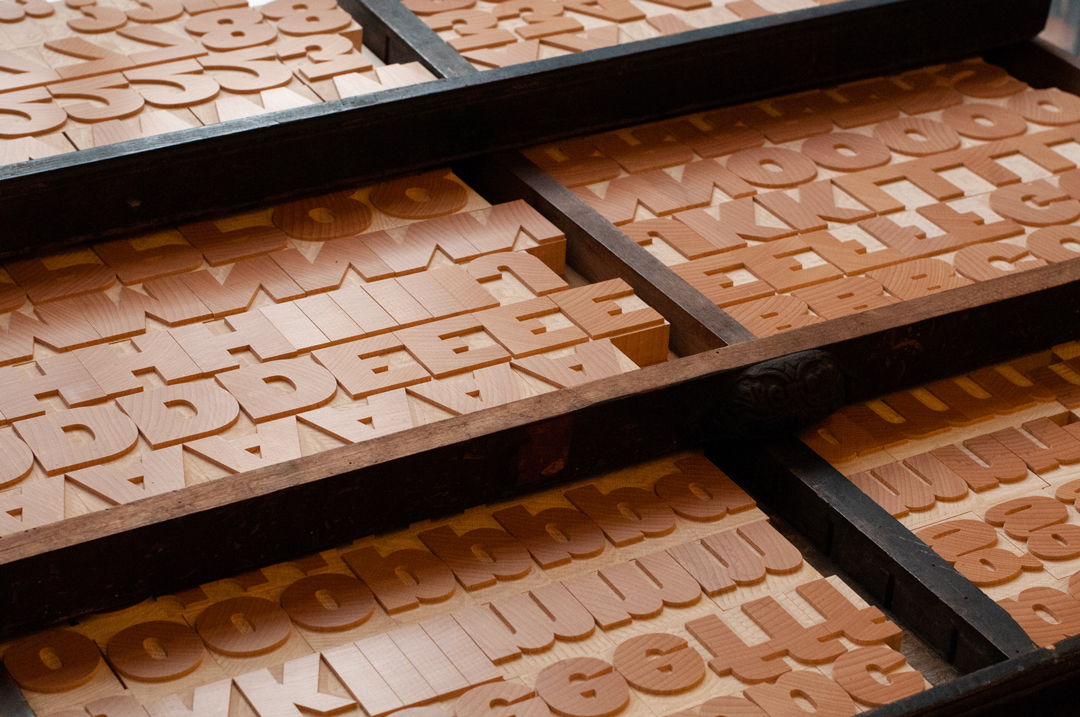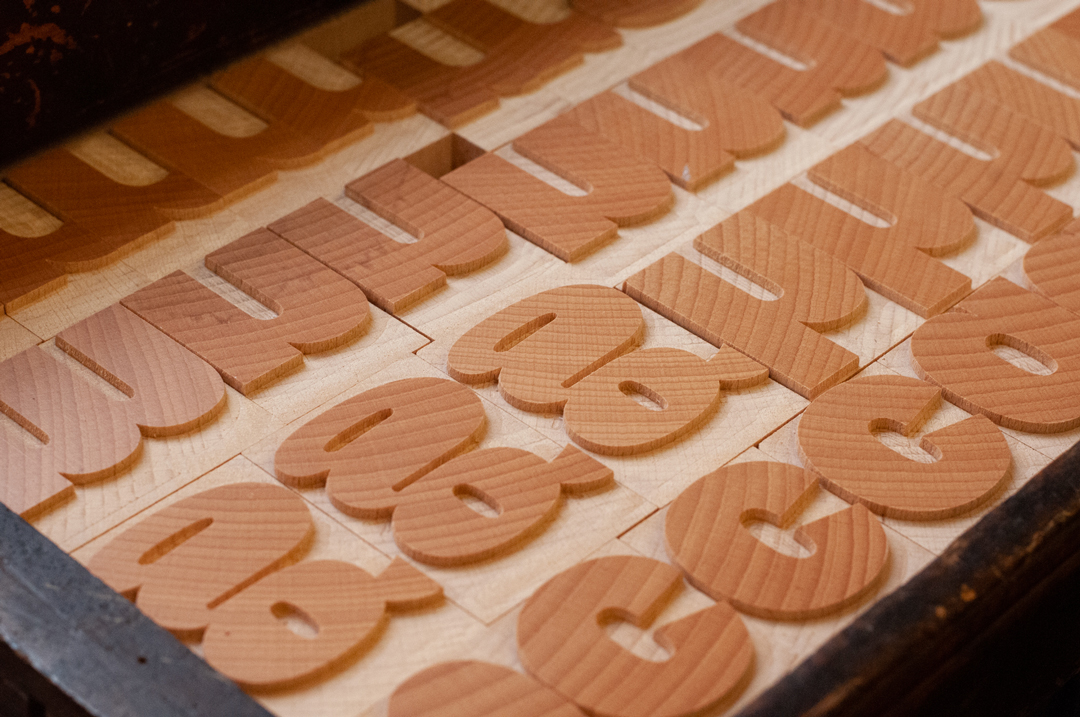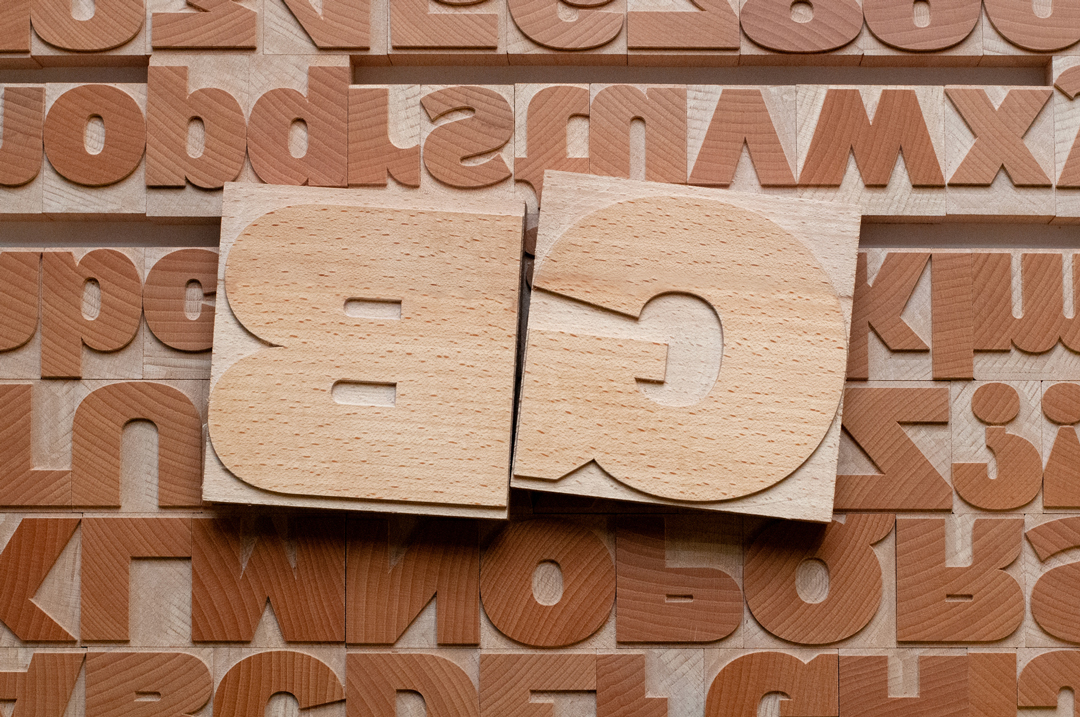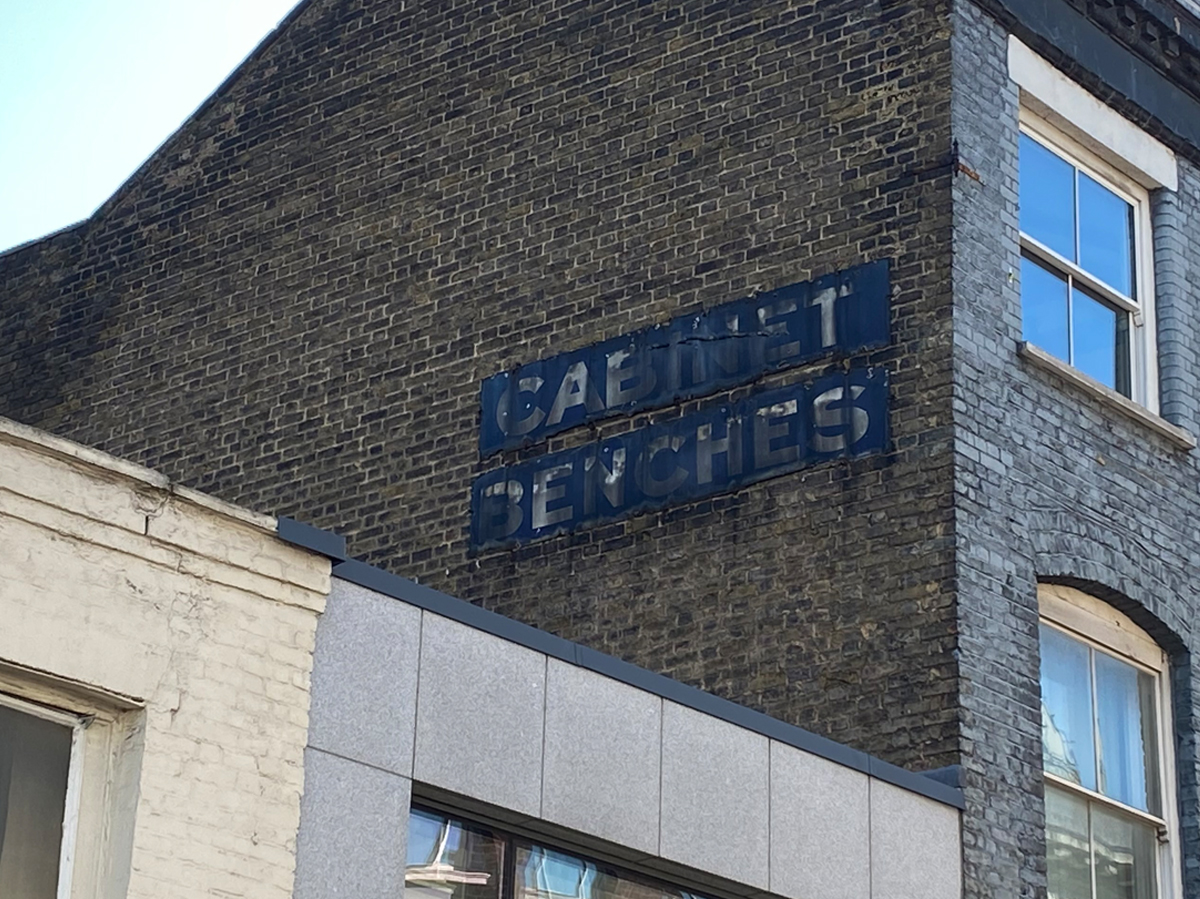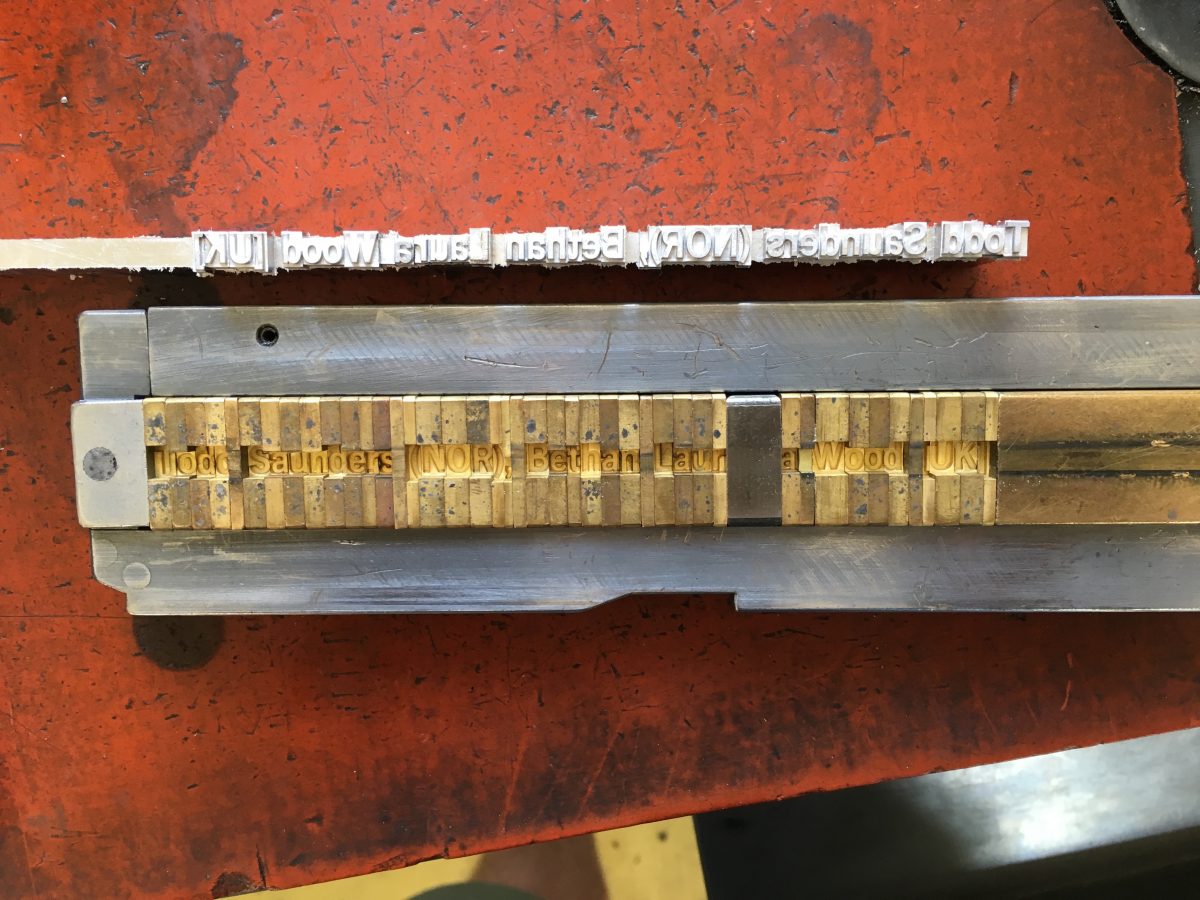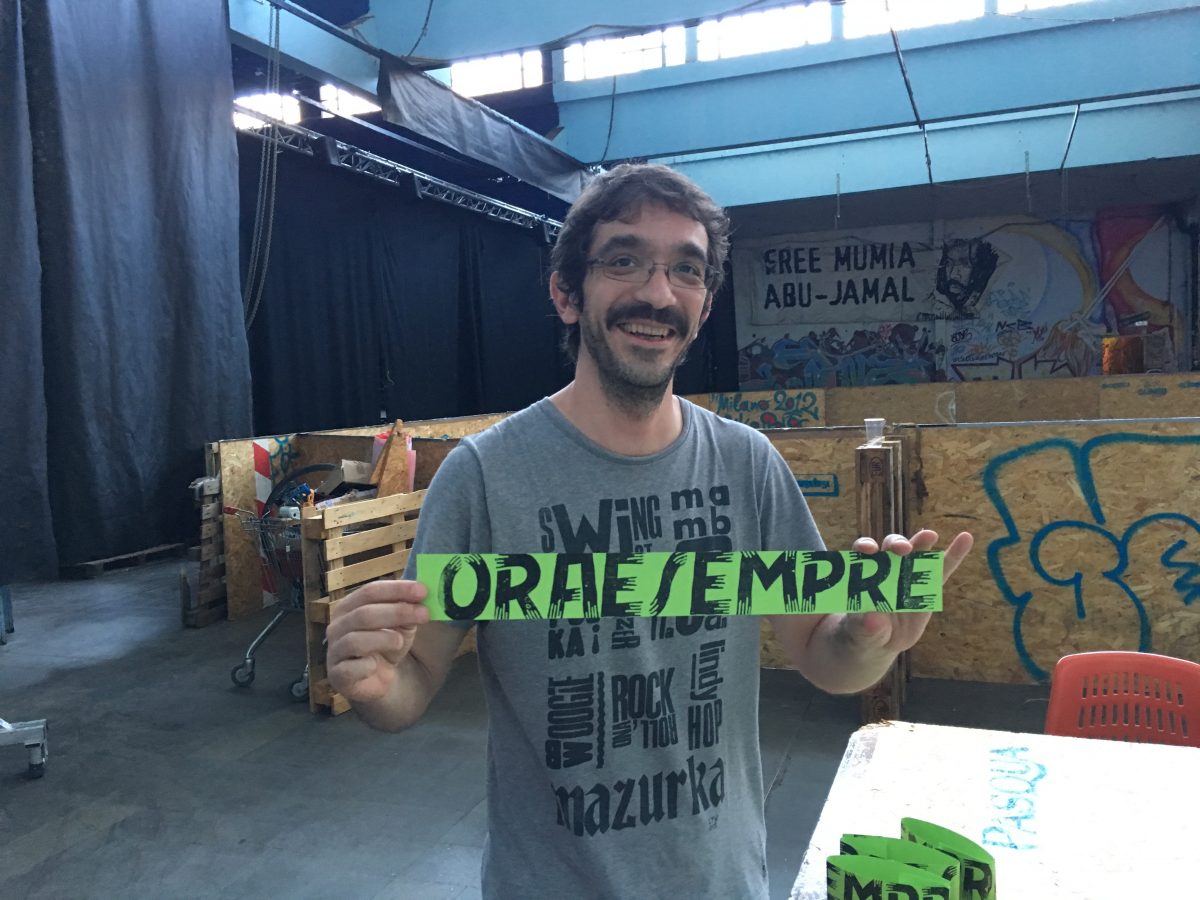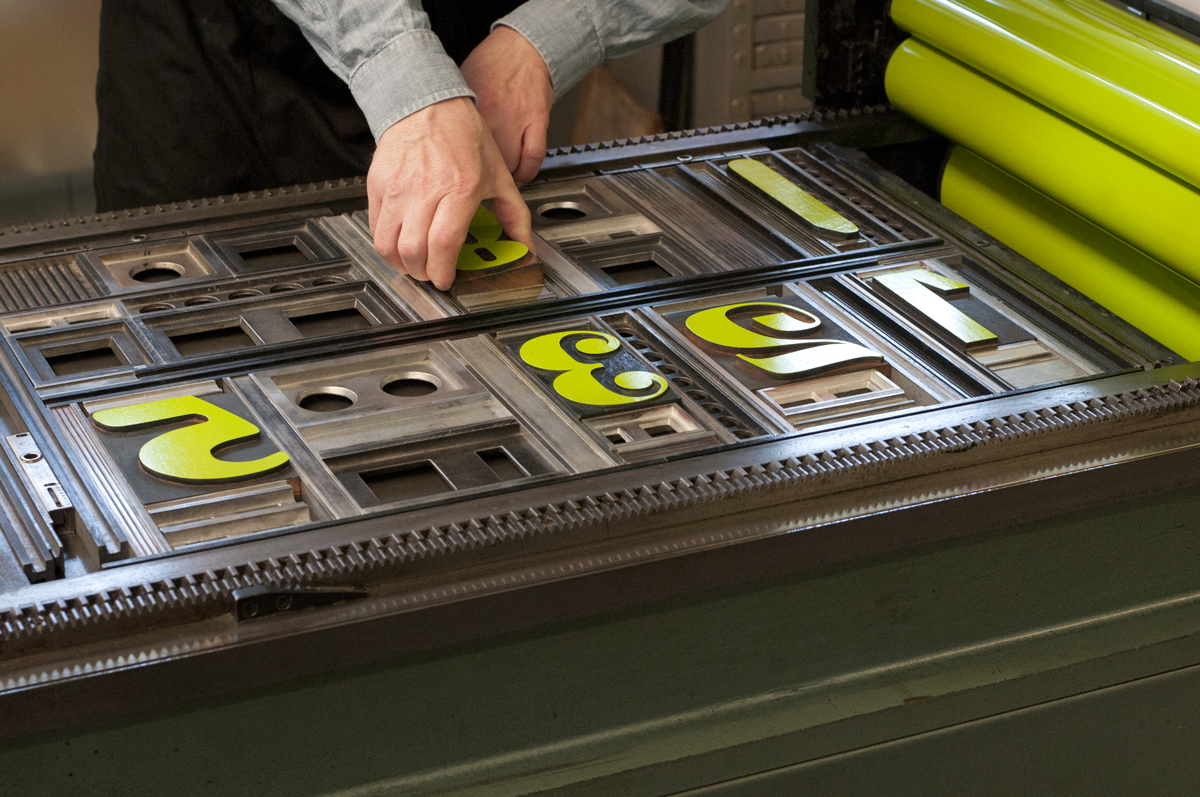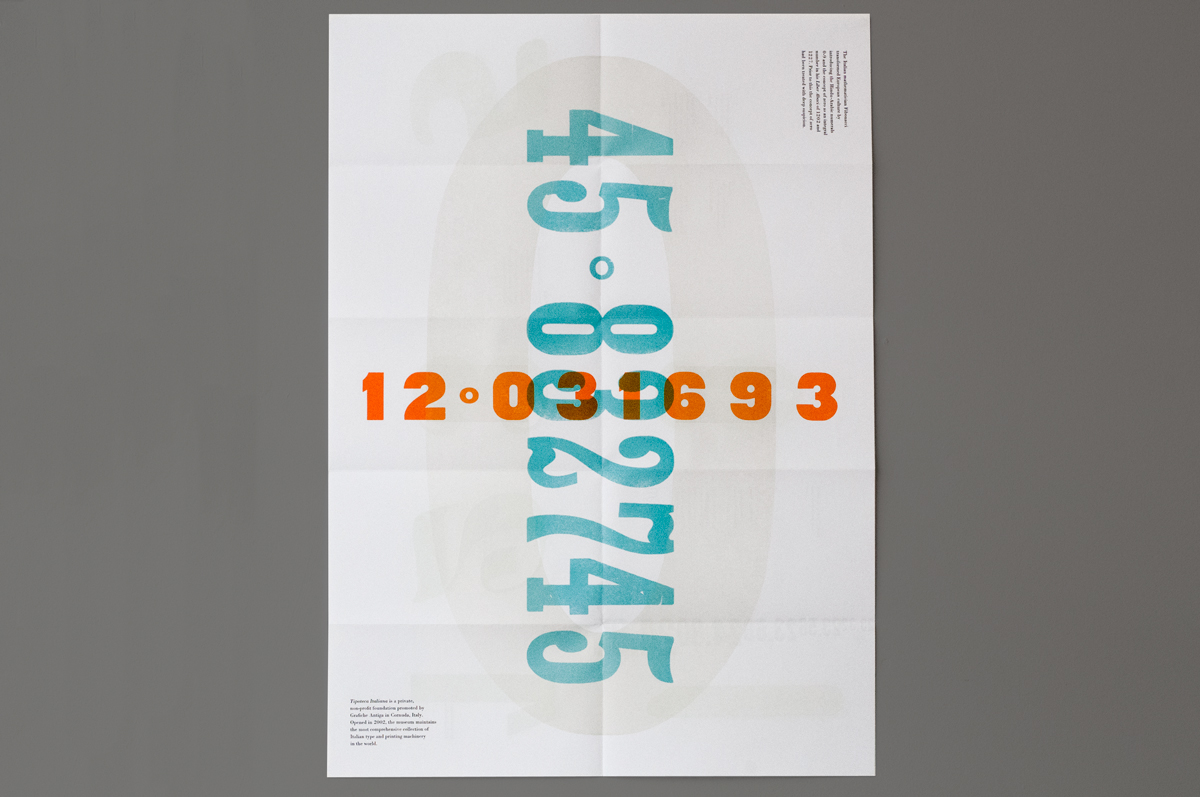On the 22nd August 2022, whilst on holiday in France, I visited La Métairie Bruyère, Centre for D’Art Graphique, a beautiful countryside setting for all things print, including a large letterpress workshop. During the visit I met students setting and dissing type and talked to them about New North Press. As we were leaving one student rushed up to ask if she could do an internship with us after graduating and, although I made no promises, I said I would give it some thought.
For 20 years or more I have taken interns from Europe in both NNP and my paper conservation business. But since Brexit this had been made virtually impossible. I won’t go on about the stupidity of Brexit here, only to say that students from all over Europe were immediately stopped from coming to the UK. For the students that had been able to visit during those earlier years I know it had been a fantastic experience. And it was a mutually beneficial exchange, enriching the ideas and practice of both our visitors and the people that work with me in the studio. It was a gain for them, a gain for us and a gain for the UK. But all this ended after the 24th June 2016.
Recently the EU asked to open dialogue on allowing 18 to 30 year-olds the opportunity of free travel to study in the UK. The answer from Prime Minister Rishi Sunak was a resounding ‘No’. At the date of writing, nothing about this looks likely to change for the foreseeable future.
So, a student from France coming to the UK for an internship presented a problem. Thankfully, following my French holiday I had been able to arrange an intern from the USA – she spent three months in paper conservation and two months in letterpress* – which had been supported by BUNAC, an organisation that has been helping with student placements around the world since 1962. They do a fantastic job of removing the stress for the applicant, sorting out visas and all the paperwork. I recommend them – look them up and apply!
I had kept in contact with the French student. She was determined to come to NNP and I was hopeful that we could find a way. Gradually, with the help of BUNAC, it was finally arranged and, on 4 March 2024, Anais Mazel arrived to start her internship!
For three months Anais worked with great enthusiasm and diligence, carrying out a detailed wood engraving, lino-cuts and letterpress posters. She also single-handedly typeset 30 poems and assisted in day-to-day tasks, such as dissing type and sorting spacing material and furniture. She was fun, a great team member and will be missed. We are also certain that, on returning to France, she will do extremely well in her profession.
GB
*Letterpress and paper conservation, when studied in conjunction, offer an in-depth understanding of paper as a material, its qualities, tolerances and the effects of aging.









